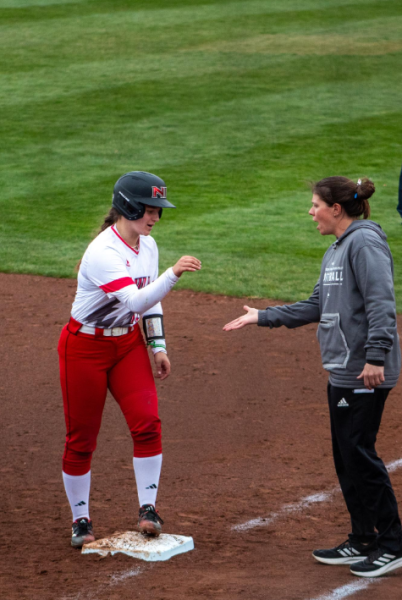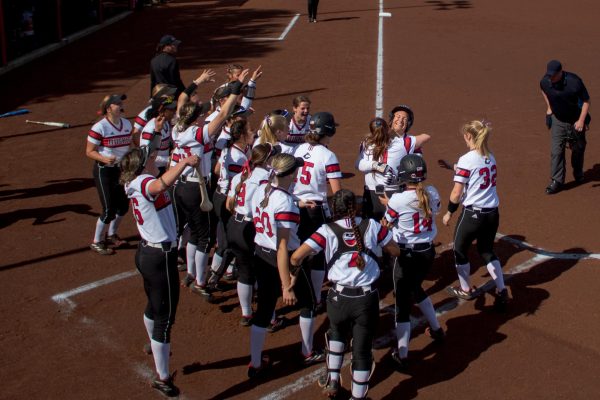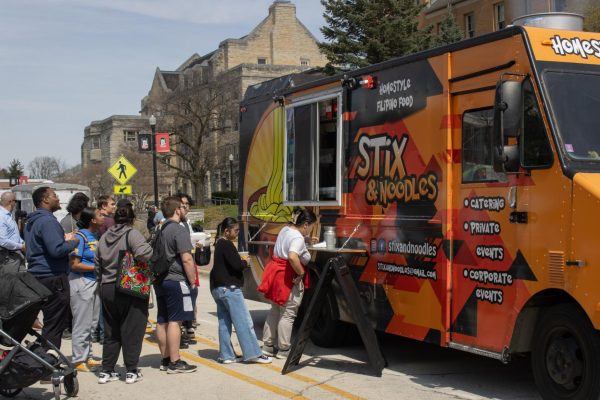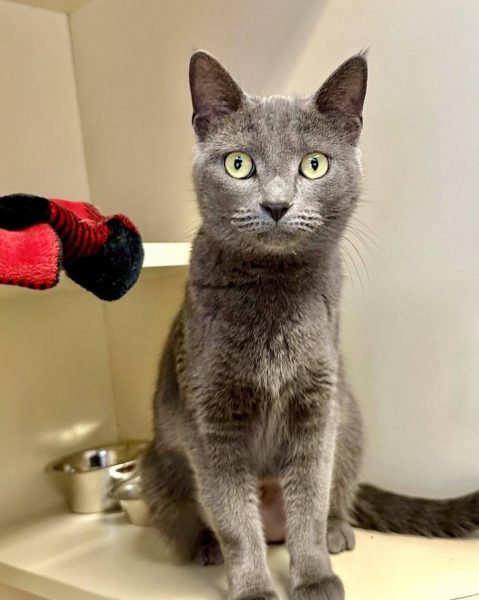NIU looks to increase its presence on social media
February 18, 2013
NIU and its various organizations have taken to social media to gain the attention of students, prospective and current.
“We want to get students involved and we want to make sure the students know they’re very important to us,” said Holly Nicholson, social media specialist for NIU.
NIU maintains a Facebook page and pages for each graduating class, as well as various Twitter accounts. Some of these pages and accounts are aimed at keeping current students involved, while others are aimed at engaging and attracting prospective students.
Social media has become an increasingly useful tool for student organizations, too.
“Even with social media being fairly new for us, it’s a great way for us to connect in a way that is part of students’ everyday life,” said Greer Blaustein, coordinator of marketing and public relations for Campus Recreation. “It’s still growing for us, but we’re learning just how powerful a tool it can be.”
Blaustein said attendance has gone up for various Campus Recreation activities since the launch of new marketing strategies.
Facebook and Twitter, two social media outlets, have grown exponentially over the last few years, making social networking more accessible.
“I can say that social media has increased the number of people who are involved with our program as well as the level of involvement that people have with our program,” said Rebekah Kohli, NIU women’s studies program coordinator, in an email.
With so many choices in the social media world, the possibilities have become endless for users worldwide.
“Facebook and Twitter are now accessible by anyone with Internet access and offer such wide reach,” said Jessica Reyman, assistant professor of English. She has researched social media. “Part of the reason they’ve become so popular is simply because they are free to use and connect us with such large networks.”
According to Reyman, social media works on a many-to-many model: large numbers of people share information with large numbers of people. This is opposed to the traditional one-to-many model in which information is given to one person and the initial recipient is counted on to spread the word. The many-to-many model works well for small group, and utilizes every possible viewer of the media.
“It’s a chance to engage people in a new way,” Blaustein said. “It’s a chance to really tie everything together, to cross promote and for people to learn about different areas. We know it’s going to help us to bring students to our events.”
Social media is currently being utilized by many groups on NIU’s campus, and offers them many different options.
“[Social media] has expanded the audience we reach with our marketing,” Kohli said in an email. “It offers us other methods to publicize events and information about our program, beyond traditional [fliers] and emails.”
The social media segment of the marketing industry is not slowing down, especially in environments like universities where small groups of students dominate.
“I think the use of social media for small groups will only become more popular because of their accessibility and wide reach,” Reyman said. “I think that small groups, non-profits and education groups will harness the powerful.”
Nicholson said the use of social media has taken part in altering the college experience and creating a more student-centered environment.
“For several years, the goal has been to be more student centered, and social media is a part of that,” Nicholson said. “We have to be more focused on talking about other people rather than ourselves.”
Social media does not always come completely free, however.
“Even though the access to these tools is free of charge, they come with a cost in that each time we use a social networking tool, we give up a piece of personal information to them,” Reyman said. “They use this information in ways we may not anticipate, like targeted marketing and consumer profiling.”













